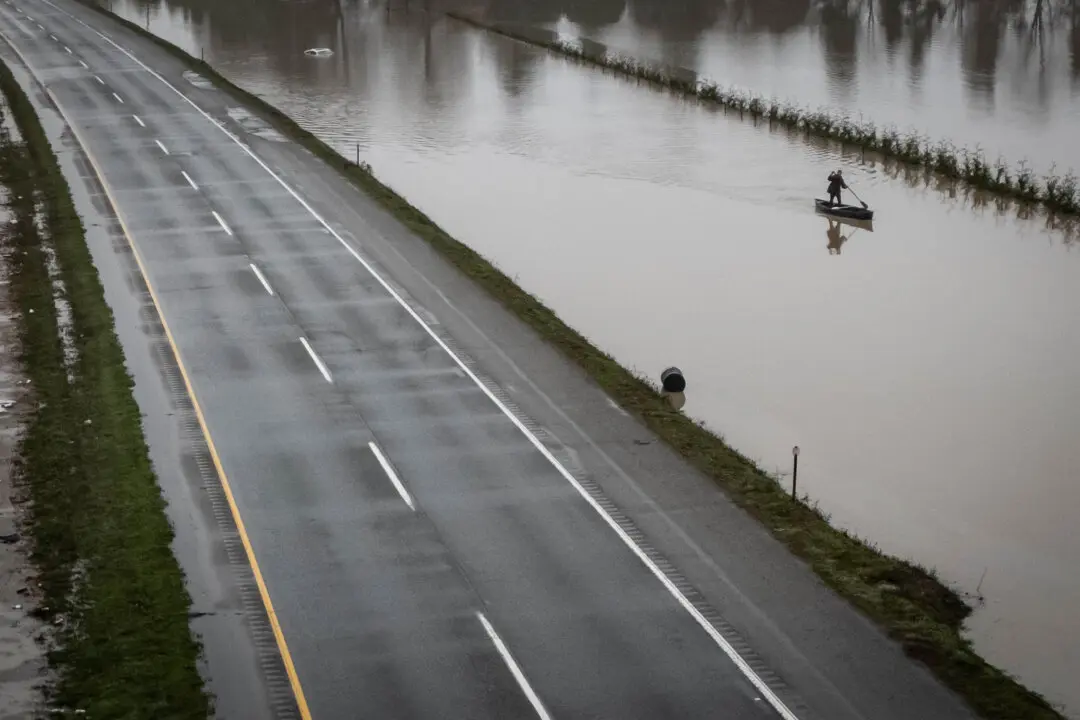B.C. provincial authorities say the province’s coast is not at risk after a 7.8 magnitude earthquake struck near Russia’s Kamchatka Peninsula around noon Pacific Time on Sept. 18.
The earthquake struck about 9.6 kilometres under the water, around 410 kilometres southwest of Bering Island, Russia, prompting tsunami warnings for Alaska’s Aleutian Islands and the Amchitka Pass from the U.S. National Weather Service.
In a Sept. 18 statement around 1 p.m. Pacific Time, B.C.’s emergency management office said, “The [U.S.] National Tsunami Warning Center has advised that no zones of coastal British Columbia are at risk from this event. Repeat, no zones of coastal British Columbia are at risk from this event.”
According to the U.S. Geological Service (USGS), the Sept. 18 earthquake was an aftershock of an 8.8 magnitude earthquake that occurred off the Kamchatka Peninsula on July 29 of this year, one of the eight strongest earthquakes since 1900.
The July 29 earthquake led to tsunami advisories being issued and lifted the next day for much of B.C.’s coast, particularly northern and central coastal communities and the northeast and western shore of Vancouver Island. The Vancouver Island community of Tofino closed its beaches for a short time but reopened them after the advisory was lifted.
The 8.8 magnitude earthquake also led to advisories being issued for Alaska, the west coast of the United States, Hawaii, Japan, and New Zealand, with waves on the Russian coast reaching 15 feet in height.
The Sept. 18 earthquake is the strongest aftershock recorded so far since the July earthquake, exceeding a 7.4 magnitude aftershock that occurred Sept. 13 about 111 kilometres east of the Russian city of Petropavlovsk-Kamchatsky.
“The aftershock resulted from shallow reverse faulting,” the USGS said of the Sept. 18 earthquake. “At the earthquake’s location, the Pacific Plate is moving west-northwest relative to the North American Plate.”
B.C.’s Earthquake and Tsunami Preparedness Guide advises residents to keep grab bags of food and first aid ready to go in case of evacuation as well as storage of two weeks of food and water in case of a disaster. The province also recommends that coastal residents to use a “drop, cover and hold on” method if an earthquake occurs and to seek higher ground once shaking subsides in order to avoid potential tsunamis.
It notes that the province experiences around 4,000 earthquakes per year, the majority of which are too small to notice. Canada’s Earthquake Early Warning system provides alerts through TV, radio, and compatible mobile devices.





